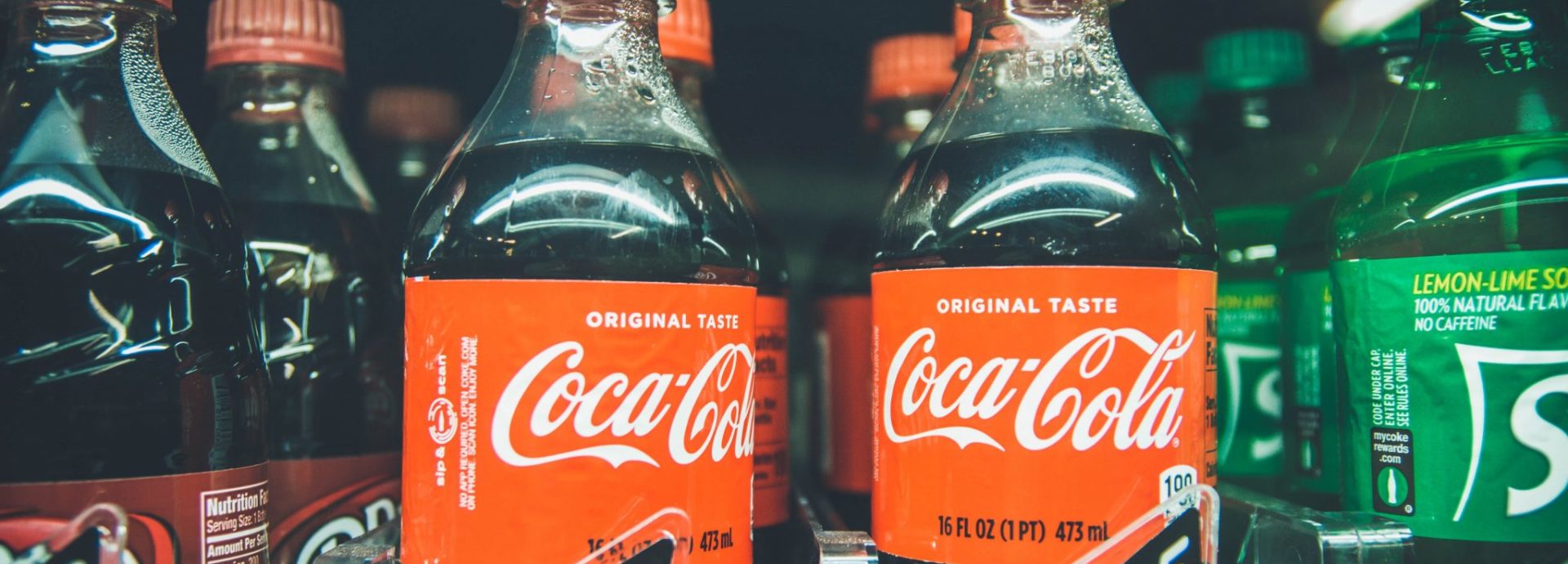Like almost every global manufacturer, Coca-Cola normally moves its goods in shipping containers. That’s become the standard way to move things through the global economy for a reason: Packing goods into equally-sized metal boxes makes it easy to transfer them between trucks, trains, and ships, alleviating logistical headaches and keeping transportation costs low.
But, thanks to the pandemic, container shipping is experiencing such severe price spikes and logistical delays that Coca-Cola has decided to ditch the system altogether for some of its cargo. In an Oct. 1 LinkedIn post, Coca-Cola supply chain director Alan Smith revealed the company had chartered three “bulk carriers”—a type of cargo ship that nowadays mainly transports coal and grain—to carry materials between Asian suppliers and its US factories. The company is, essentially, reverting to an era of logistics that most firms started to leave behind in the 1960s.
“When you can’t get containers or space due to the current ocean freight crisis, then we had to think outside the box (or the container),” Smith wrote in his LinkedIn post, according to a trade publication, The LoadStar.
Shipping lines’ reputations are on the rocks
Coca-Cola’s unorthodox supply chain move underscores the extreme frustration many retailers feel with shipping lines. Freight prices have spiked during the pandemic, even as deliveries have become wildly unreliable. The average Asia-US shipment now arrives 10 days late, according to Simon Sundboell, CEO of the shipping analytics firm eeSea. “If you’re a cargo owner, you can’t understand how you have to pay six times what you usually do and…it’s so volatile that your vessel might be three days late or it might be 20 days late,” he said. “You just can’t count on anything anymore.”
With more market power than they’ve had in years, shipping lines have been ditching long-time customers in favor of higher bidders, running up fees and penalties at ports and passing the costs onto their clients, and not revealing how much a delivery will cost until the last moment. Clients are complaining that the shipping lines won’t answer their calls or emails anymore. And all the while, shipping companies are reporting massive profits that add up to billions of dollars a quarter among the largest carriers.
“There’s a lot of anger toward them from cargo owners right now,” Sundboell said.
Seeking alternatives to container shipping
Companies are searching for any alternative to standard container shipping on major carriers. Some have turned to air freight, which is even more expensive, but at least delivers goods quickly and more reliably. Others have chartered their own small ships and bought up thousands of their own containers to ensure there’s always at least one vessel that will take their goods.
Some have even converted bulk carrier ships into container ships, even though bulk carriers aren’t built to hold metal boxes. Normally, the bellies of these ships are loaded up with things like coal or grain—which can’t go in shipping containers because they’re so heavy and dense they could burst a container open if overfilled, or smother an unsuspecting dockhand who opens the wrong container door. But companies have started to retrofit bulk carriers to hold containers on their decks to meet skyrocketing freight demand.
Coca-Cola creates its own supply chain
Coca-Cola has gone a step further by ditching containers entirely in some of its shipments. The company has chartered three bulk carriers capable of transporting up to 60,000 metric tons of cargo between them. It’s packing raw materials—which might include things like aluminum or flavor concentrate—into large sacks and loading those sacks into the bellies of its ships. When the ships arrive at US ports, Coke must figure out how to transfer the container-less sacks onto trucks or trains to get them to bottling plants across the country.
The company did not immediately respond to questions about how it would handle this logistical challenge, or how long it planned to continue delivering goods this way. But, in his LinkedIn post, Smith wrote that the inaugural shipment was “the first of many, we hope, over the coming months.”

